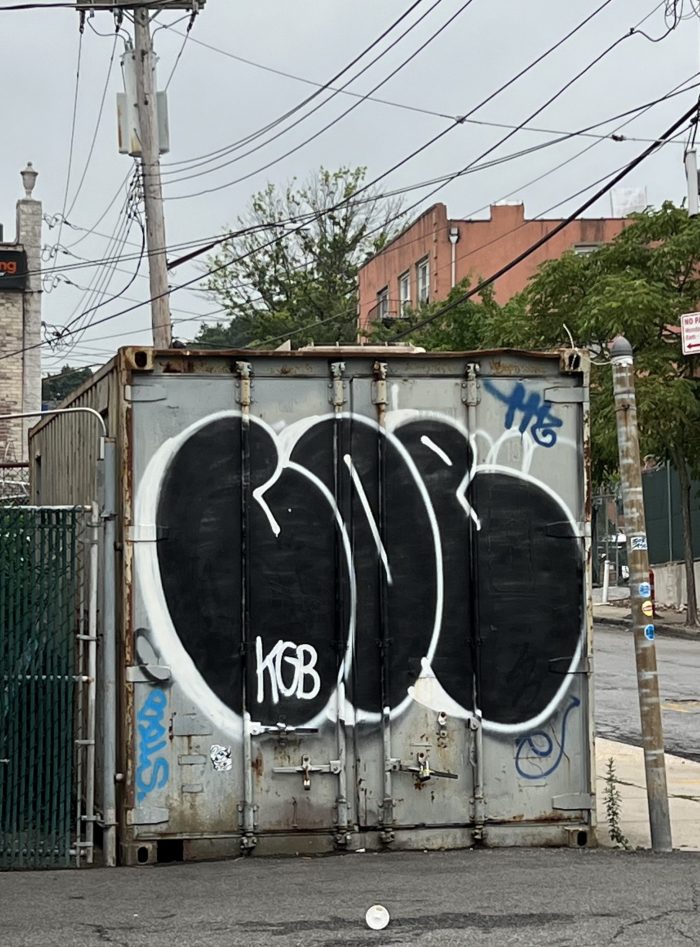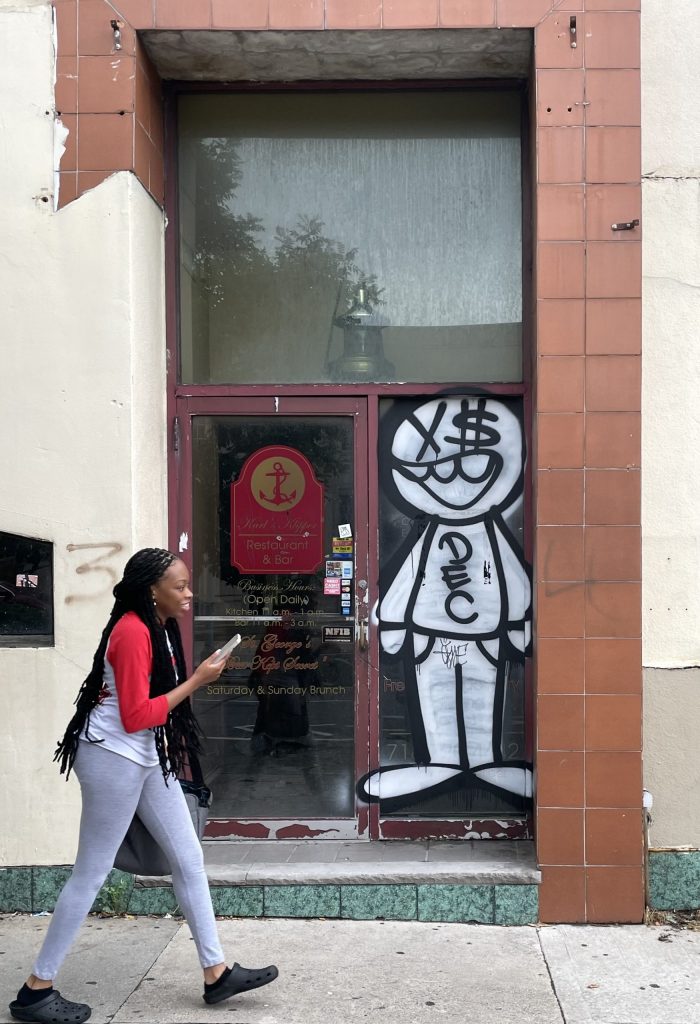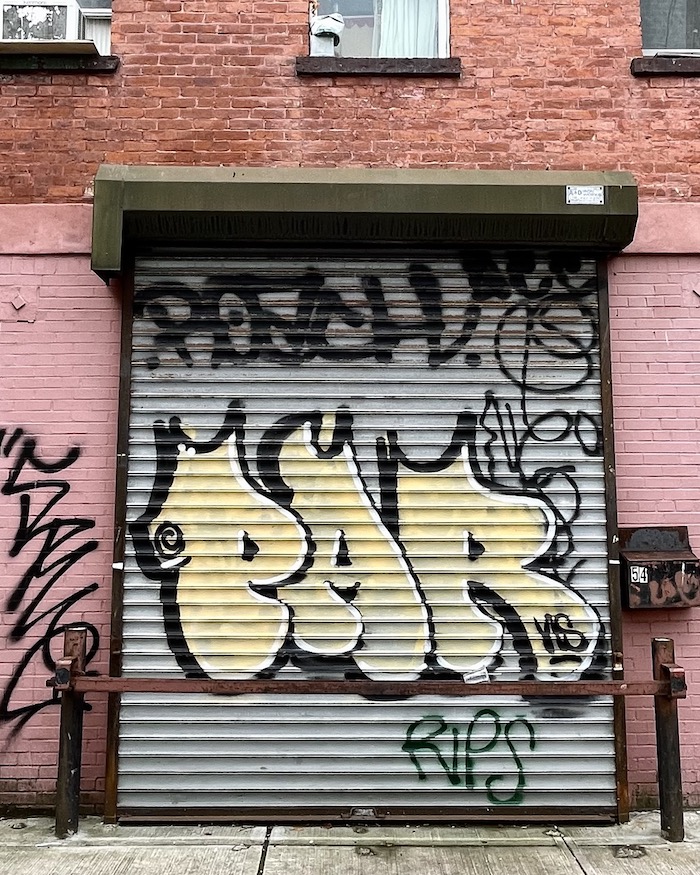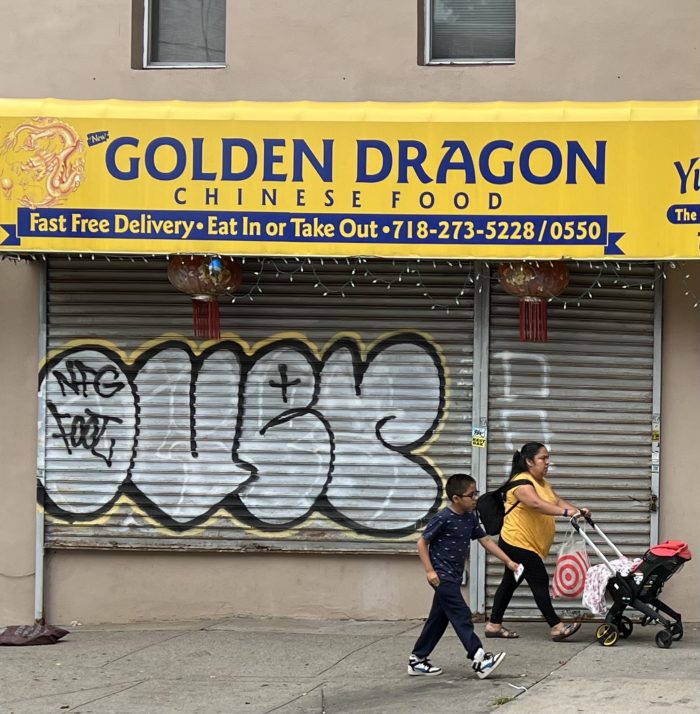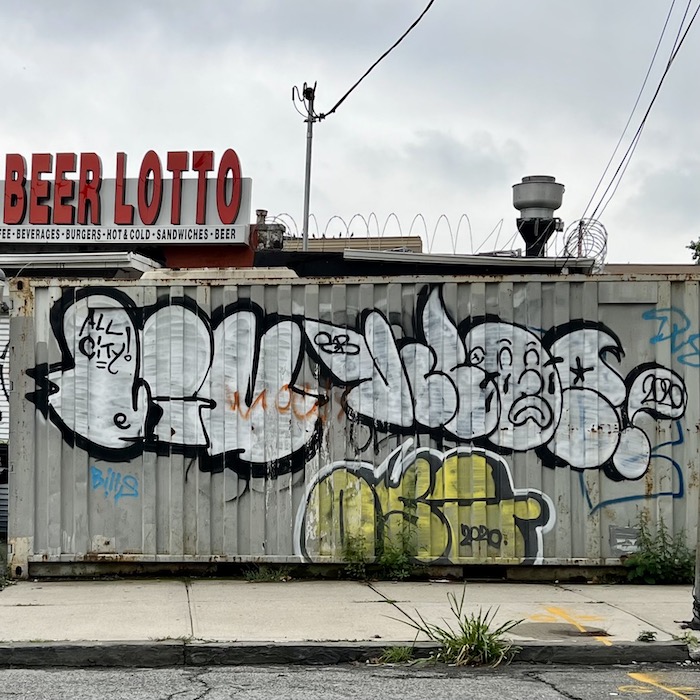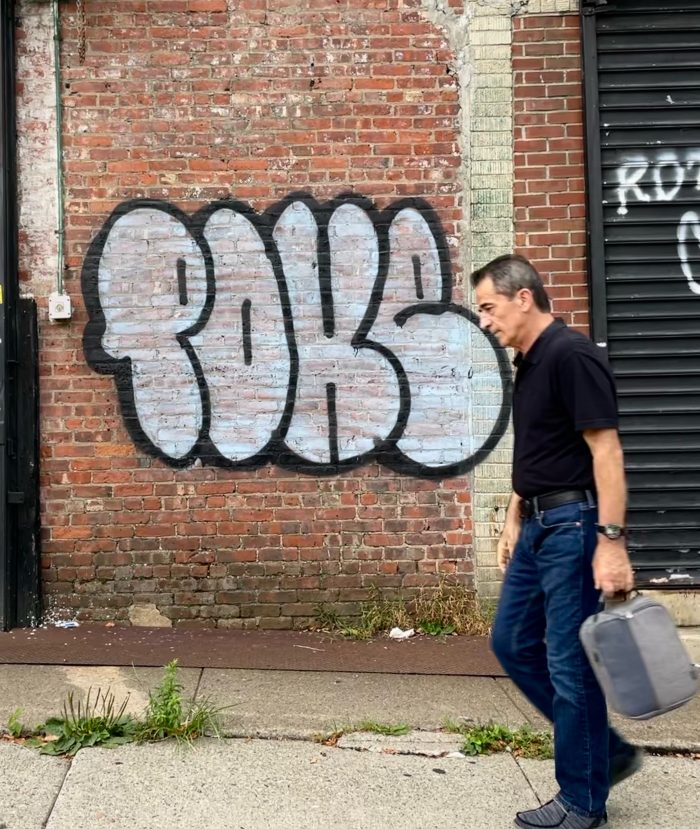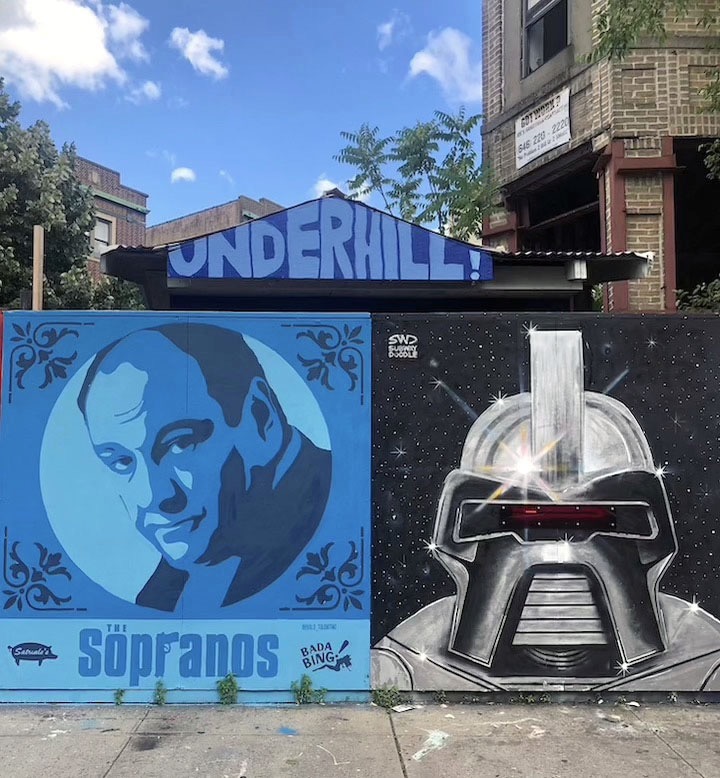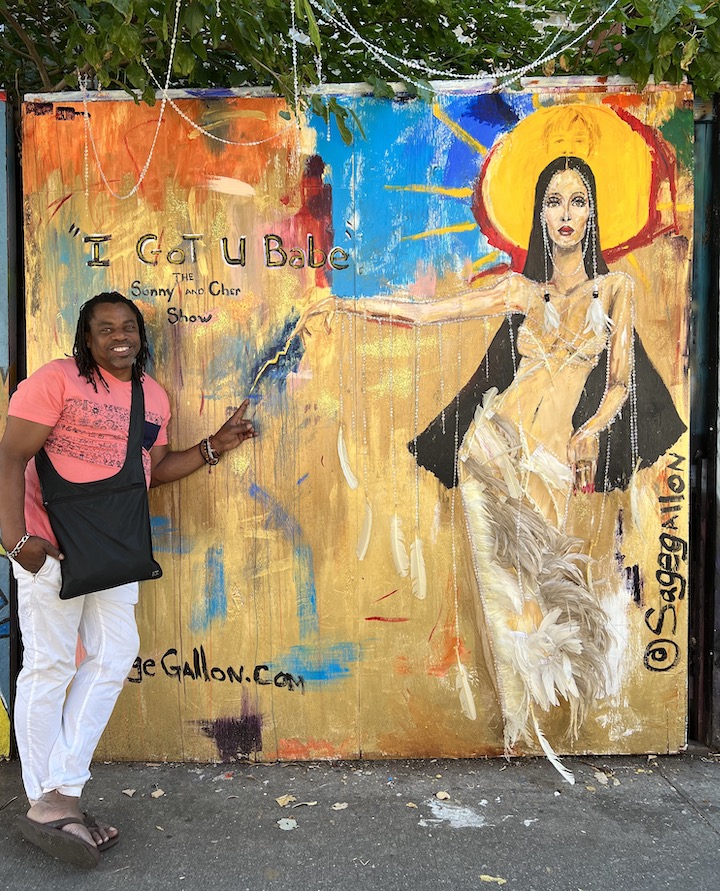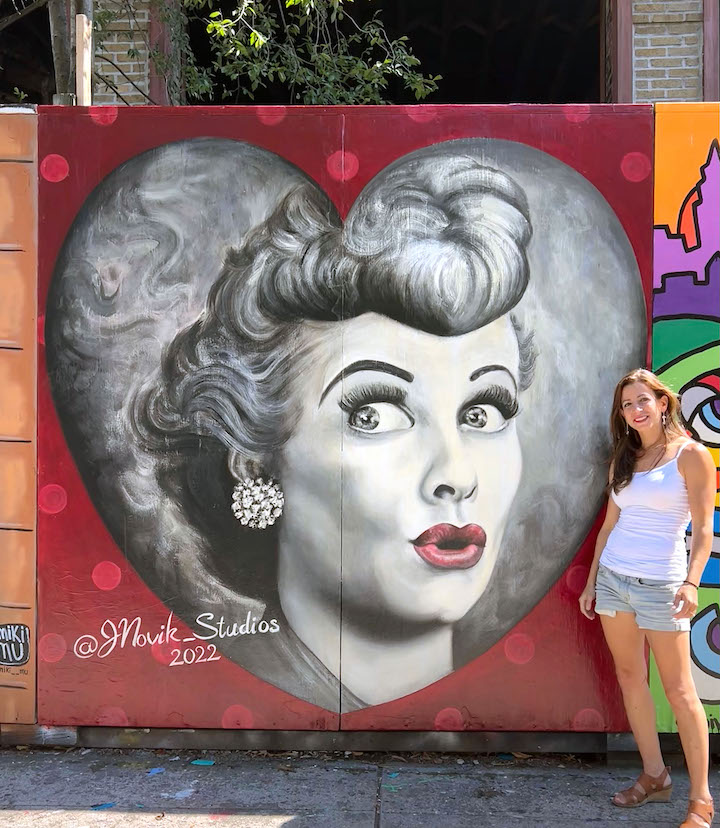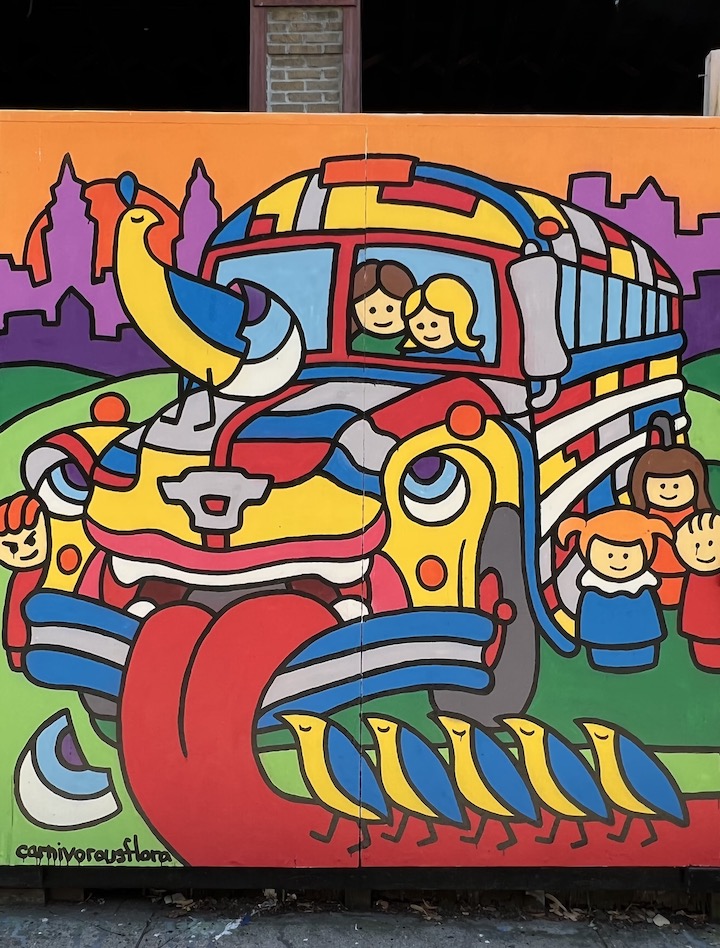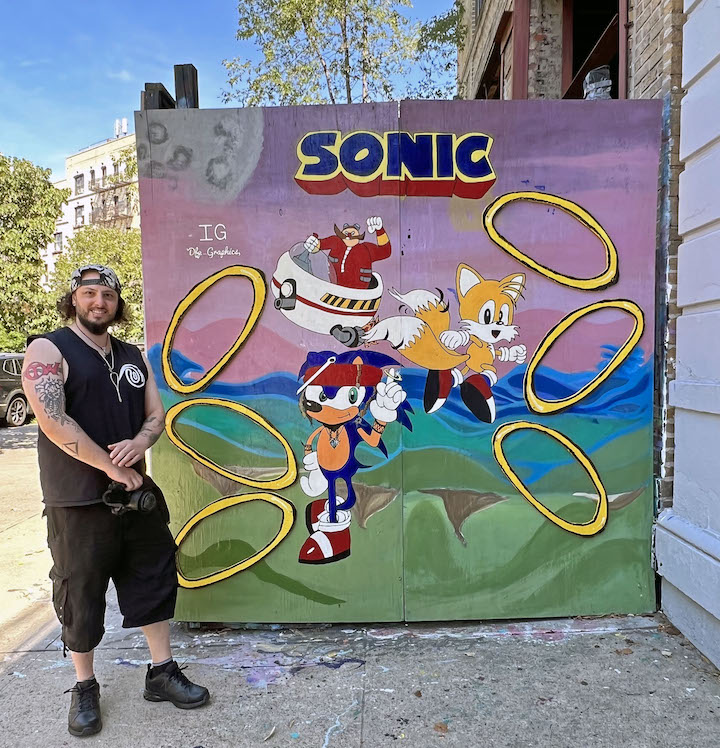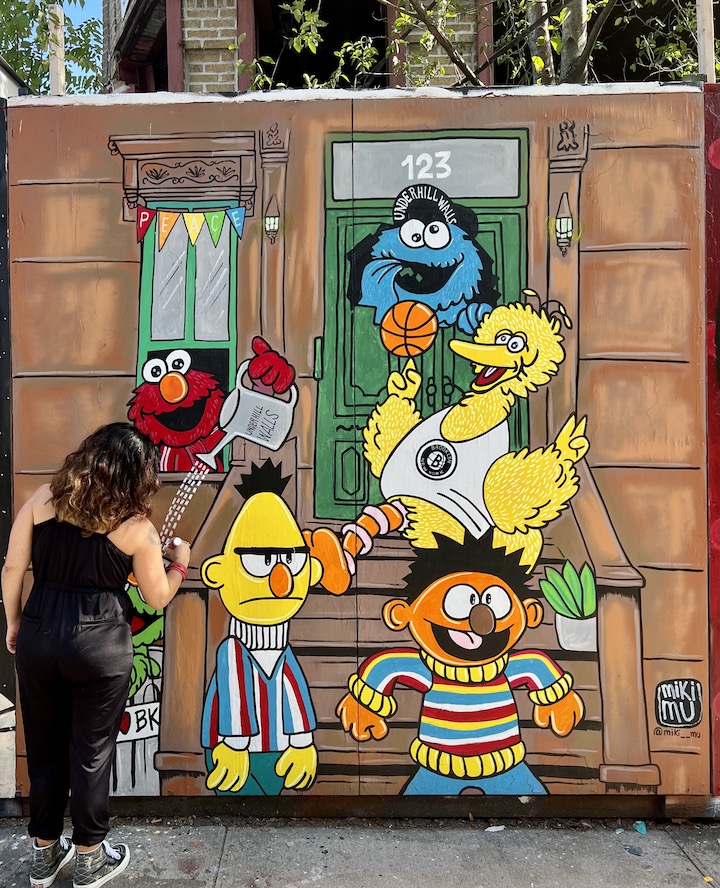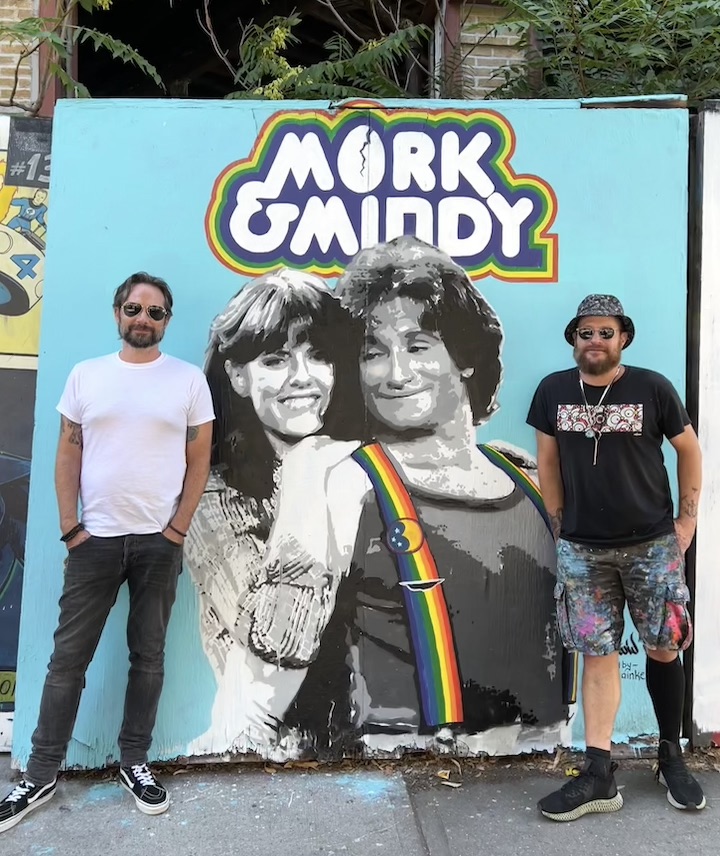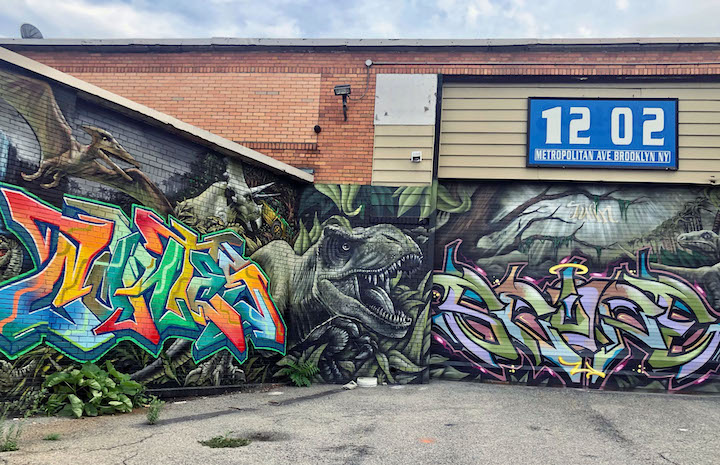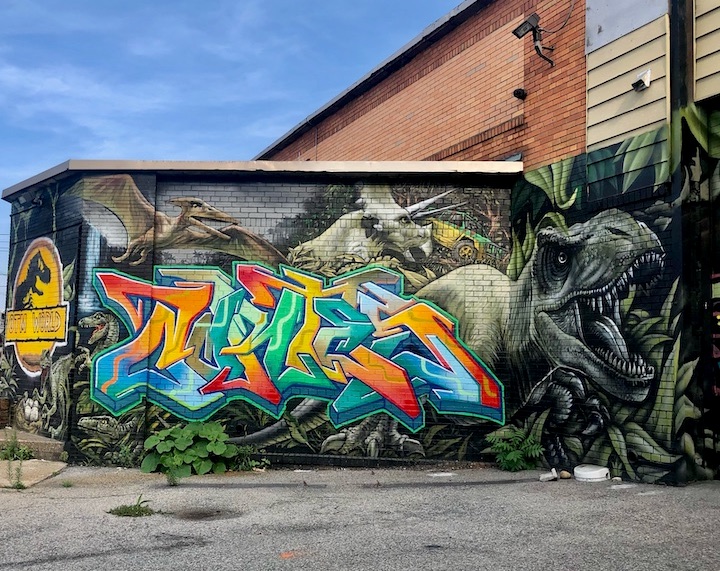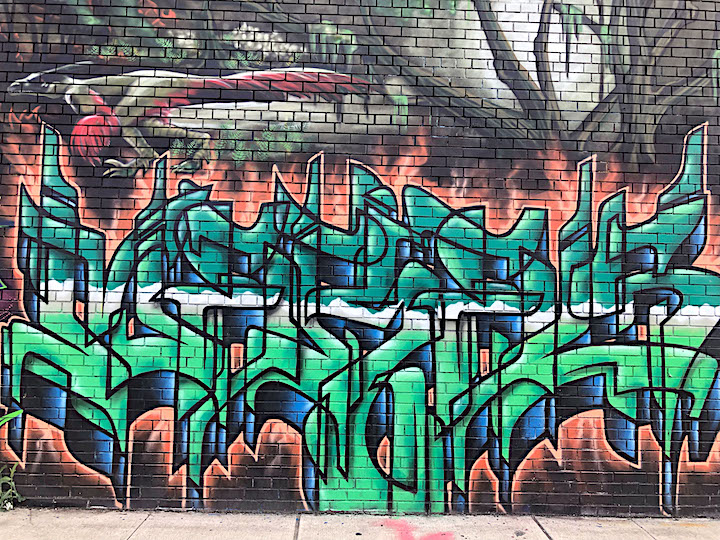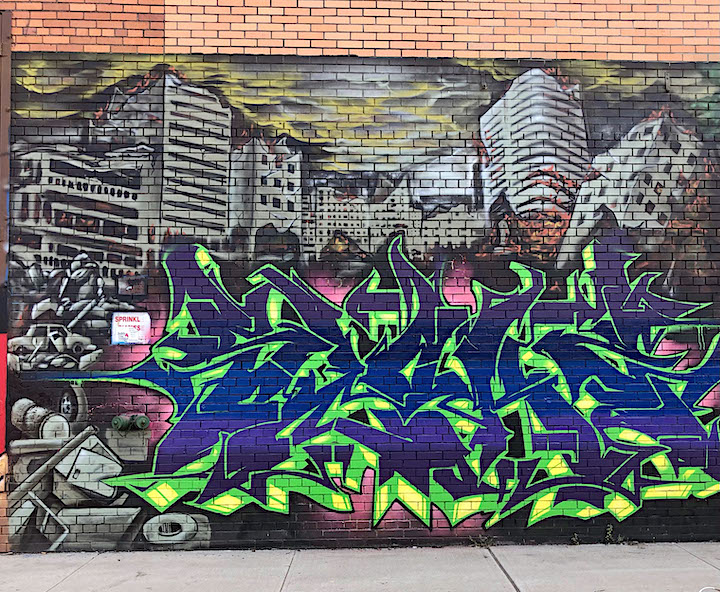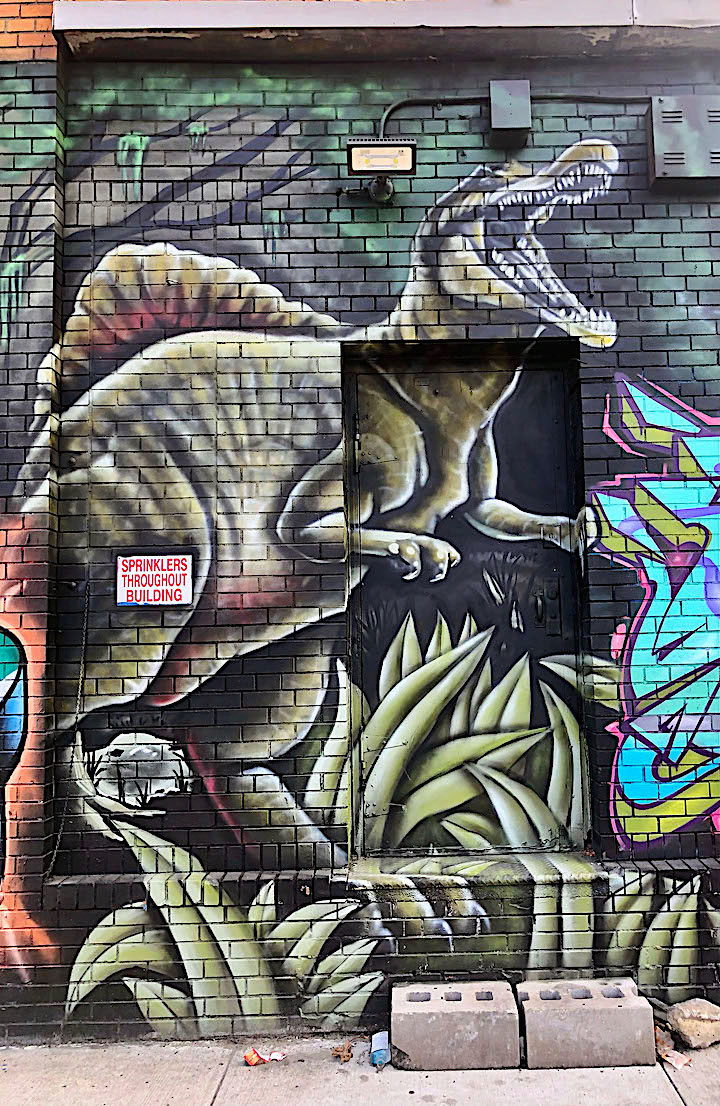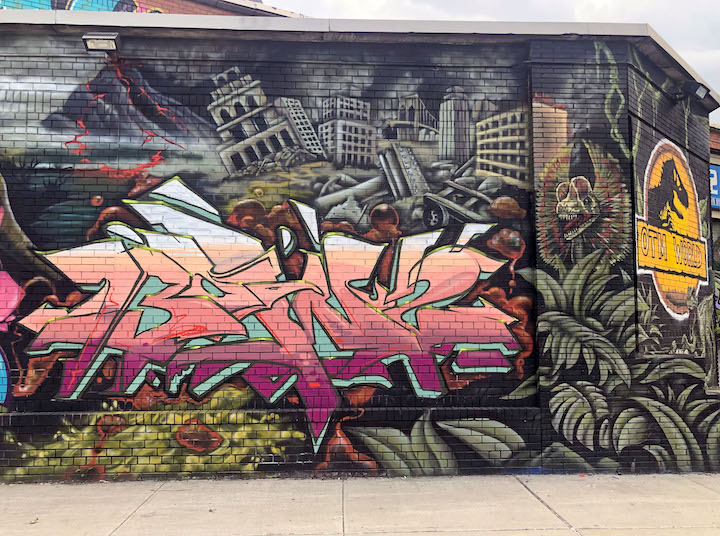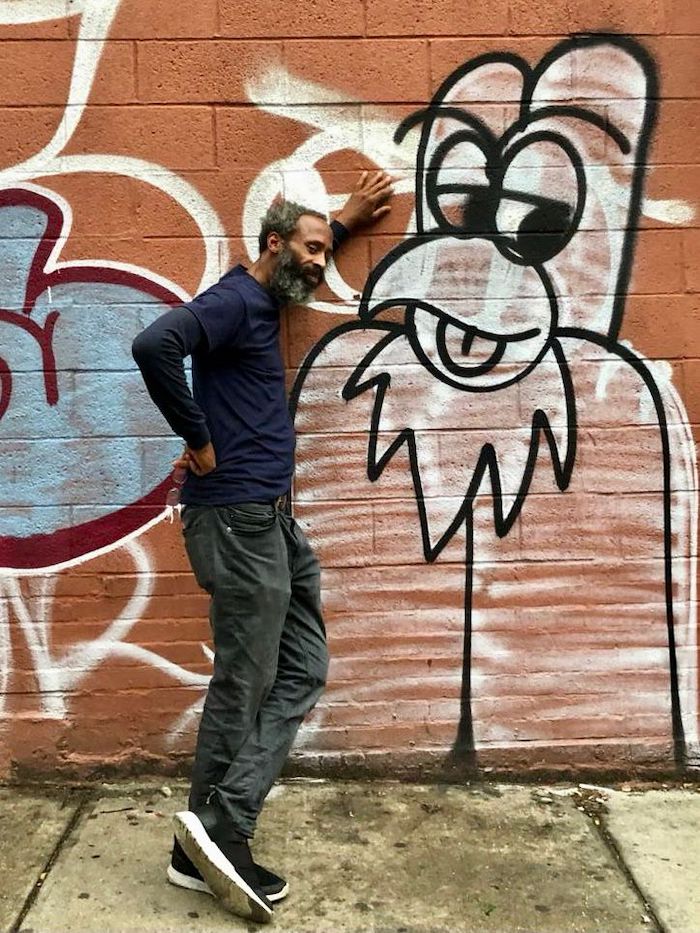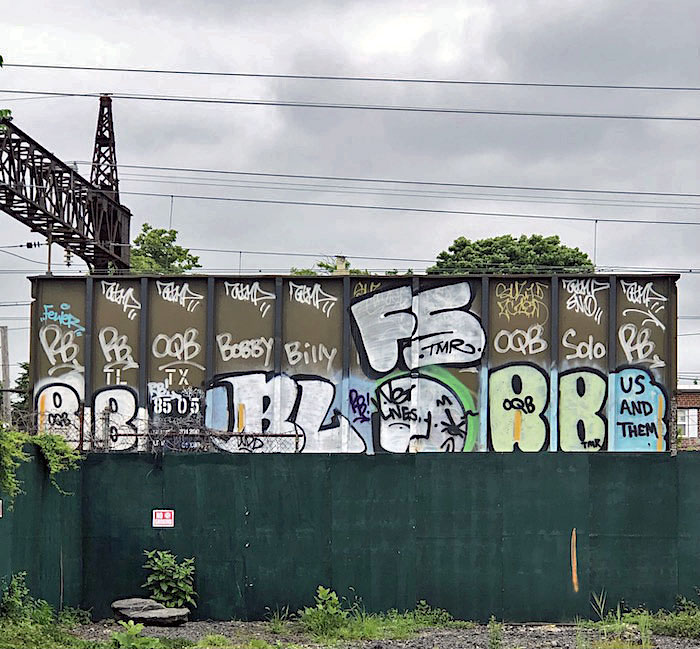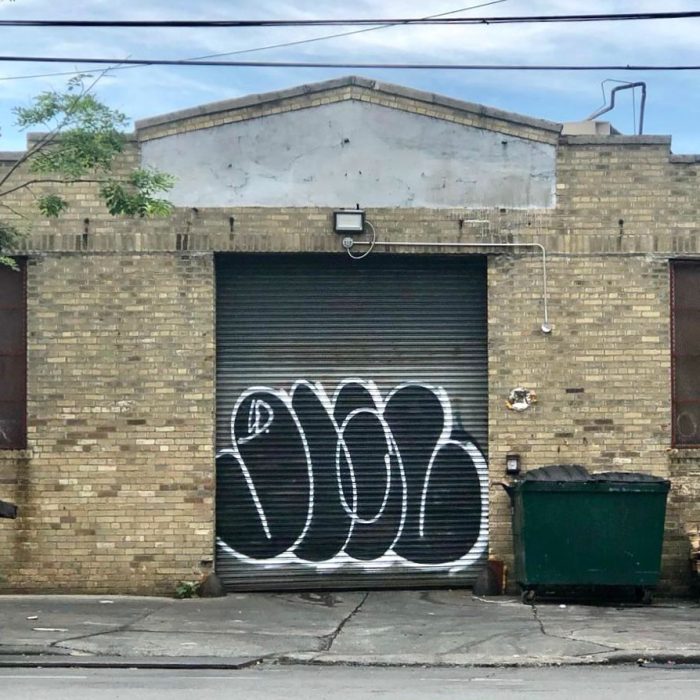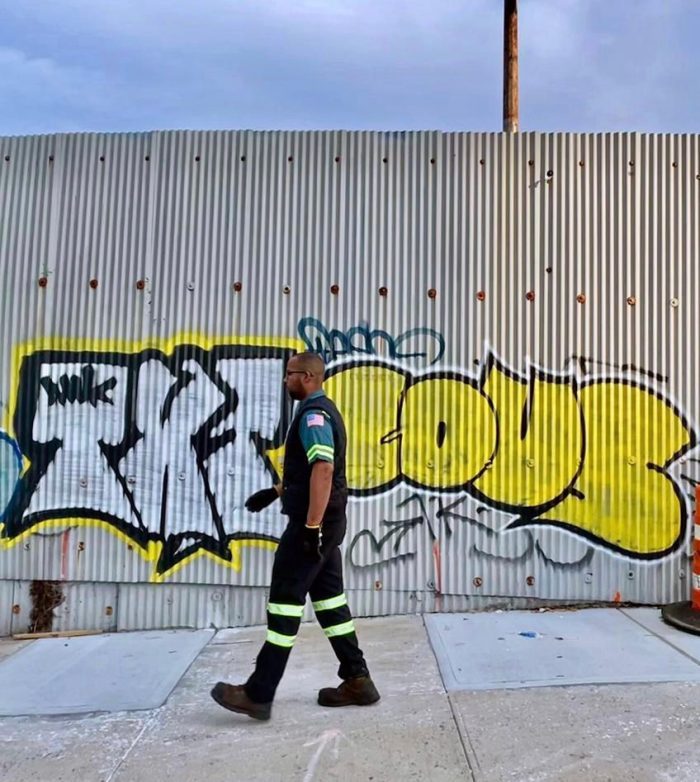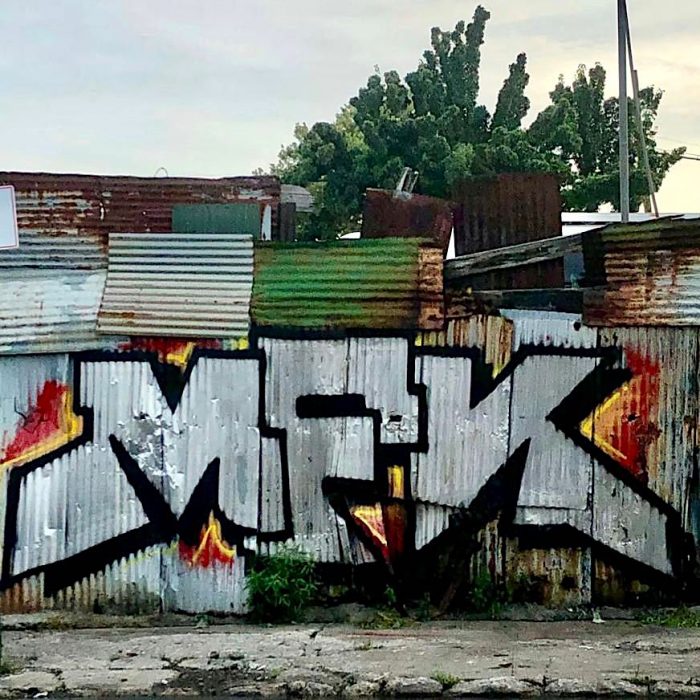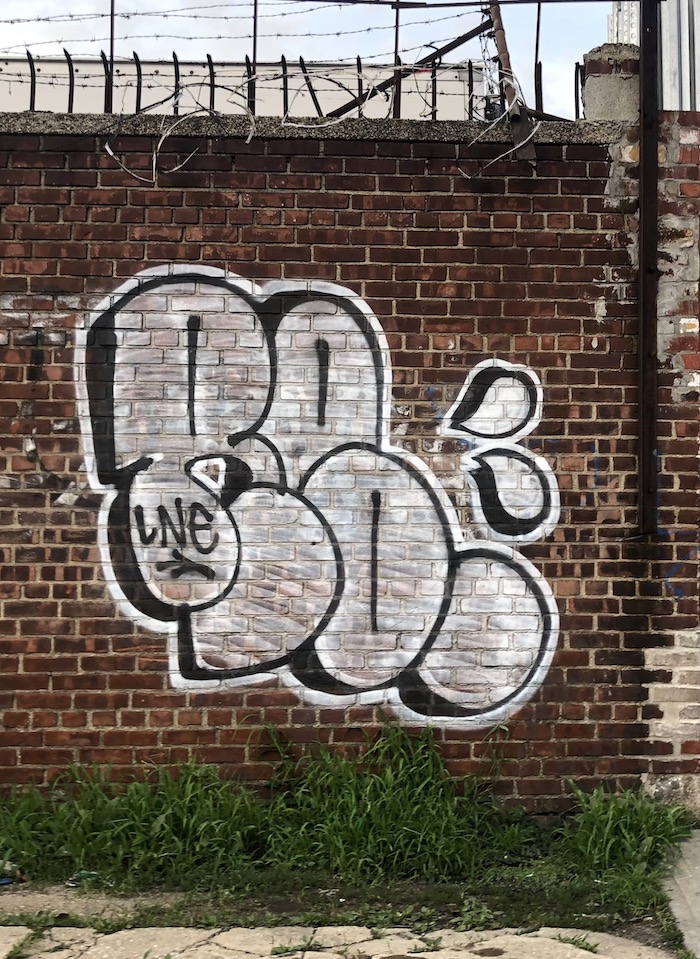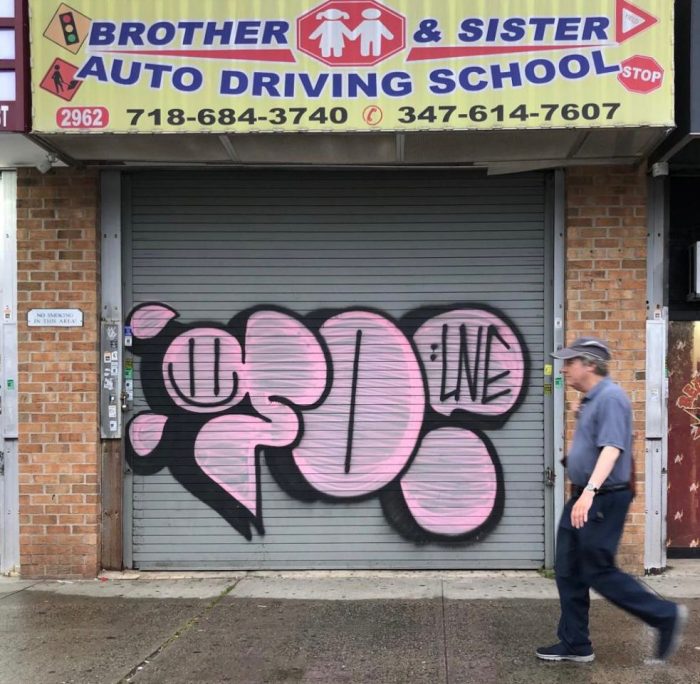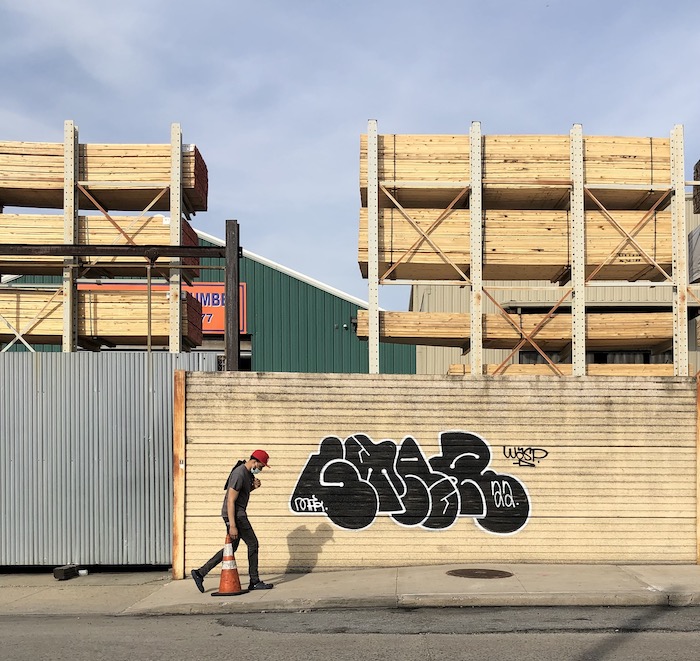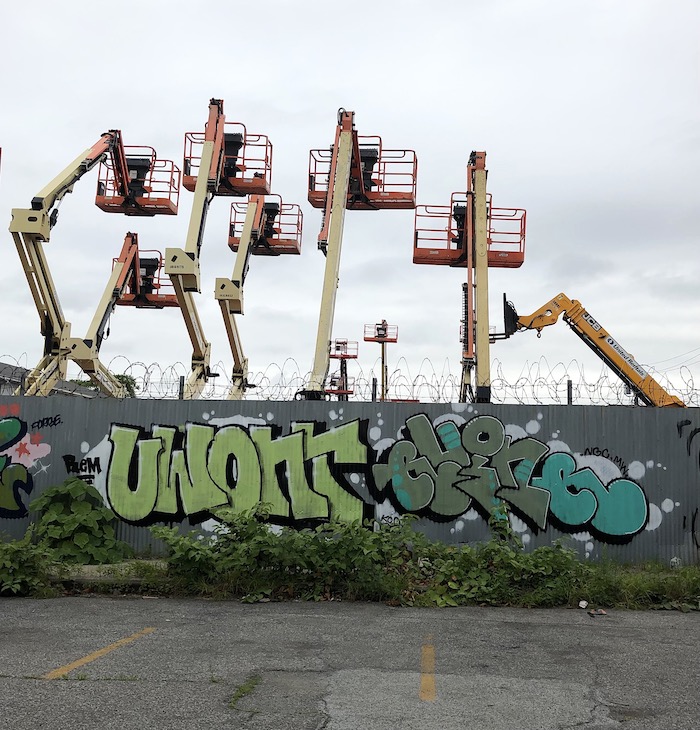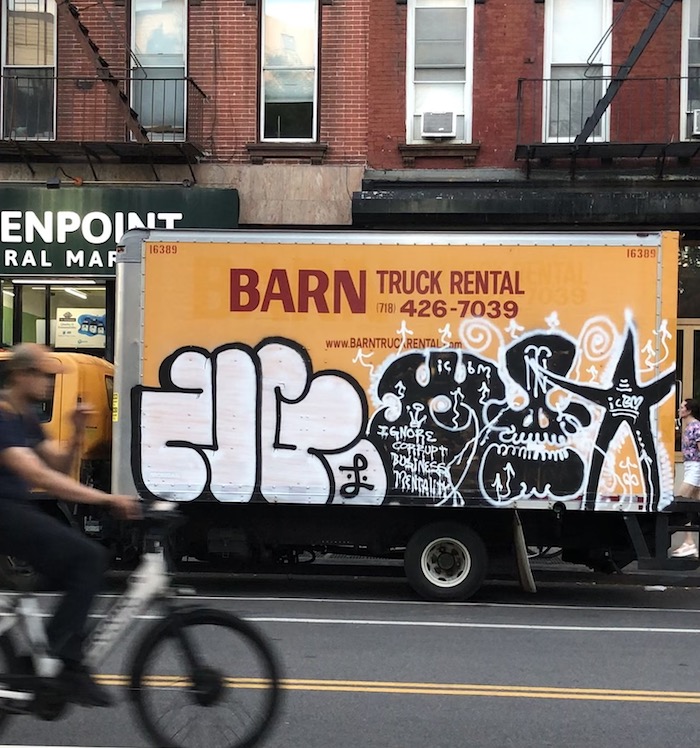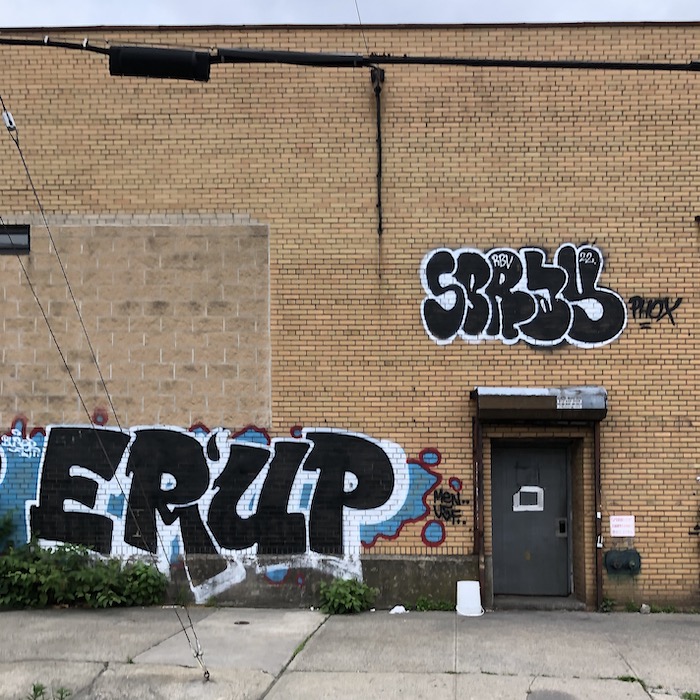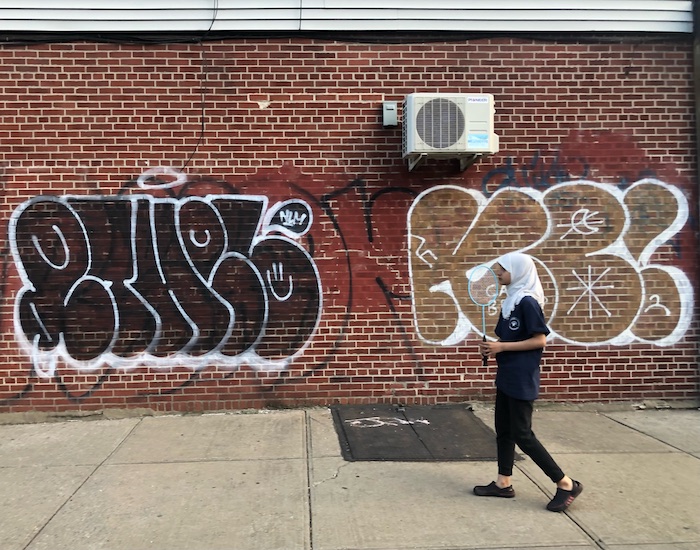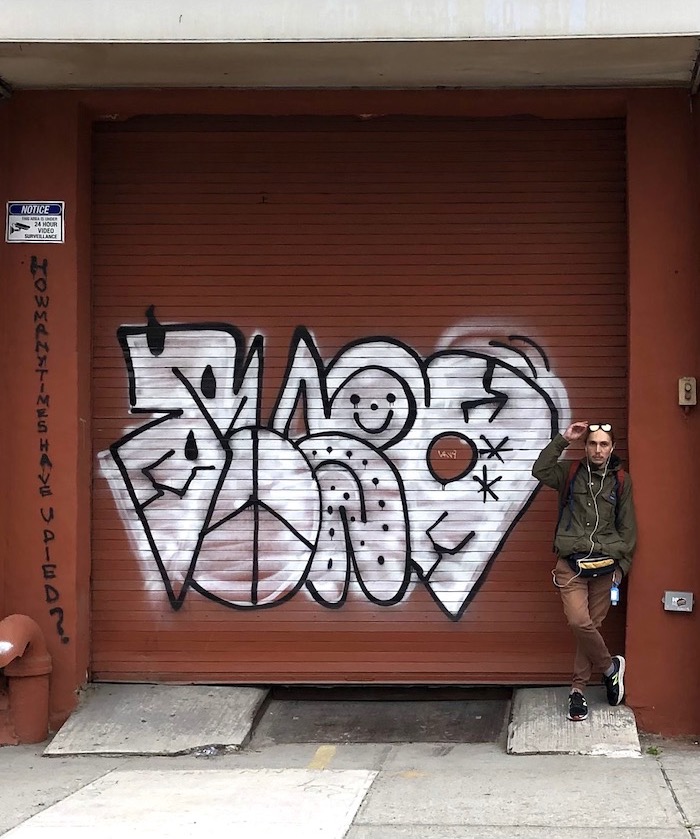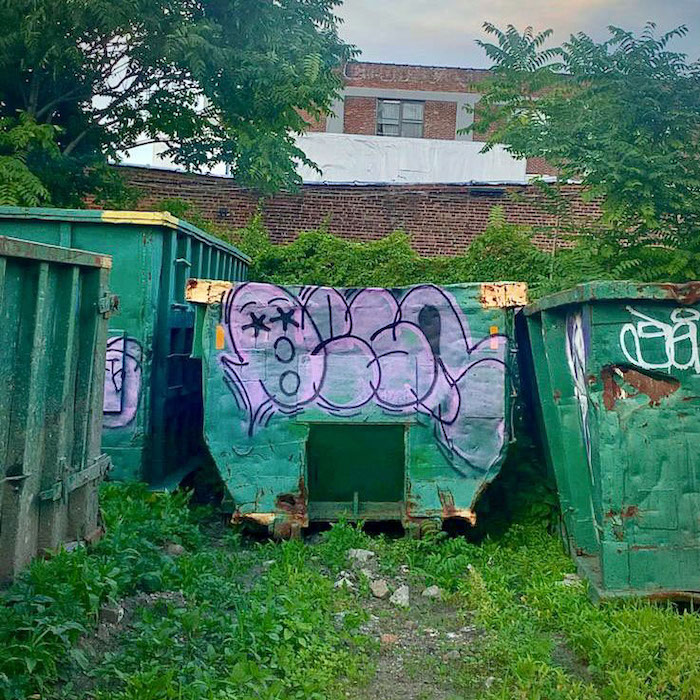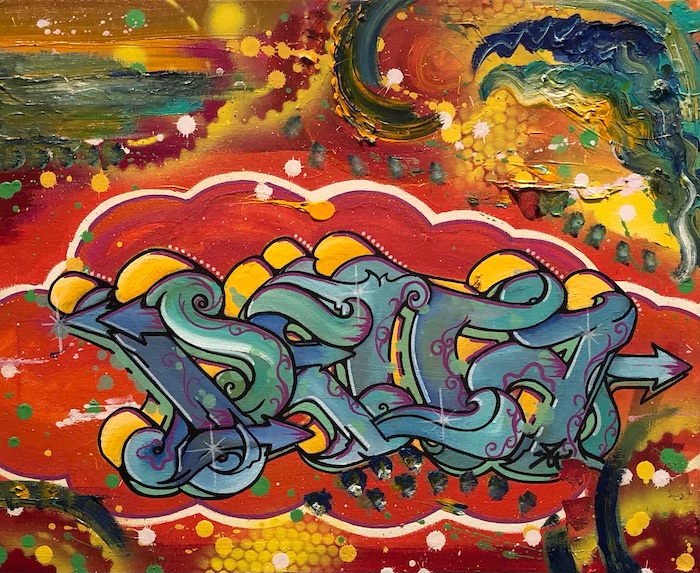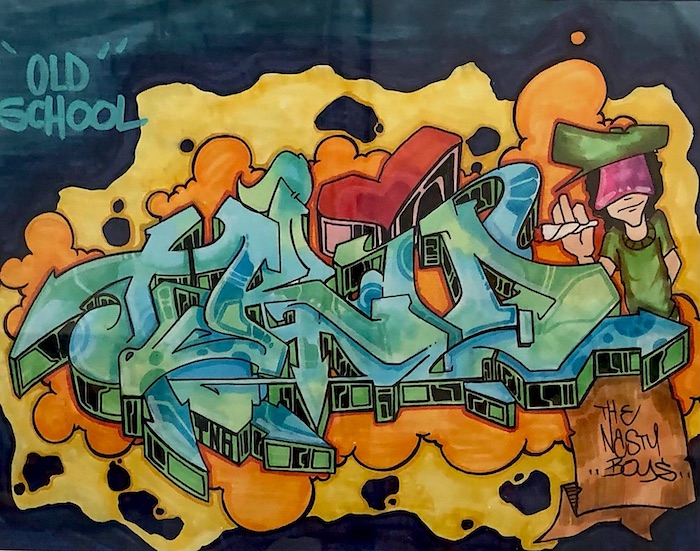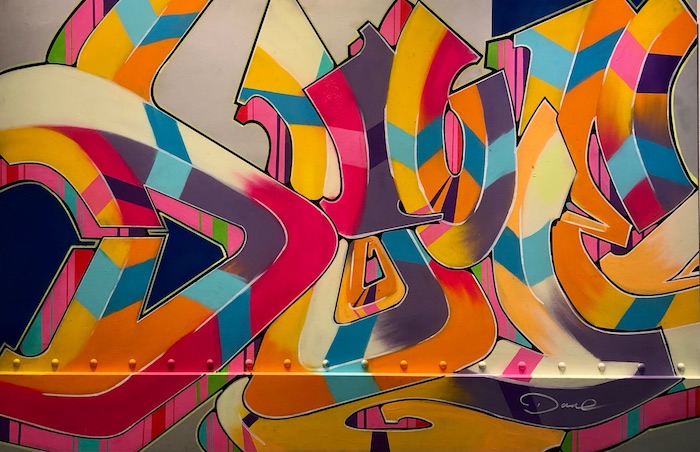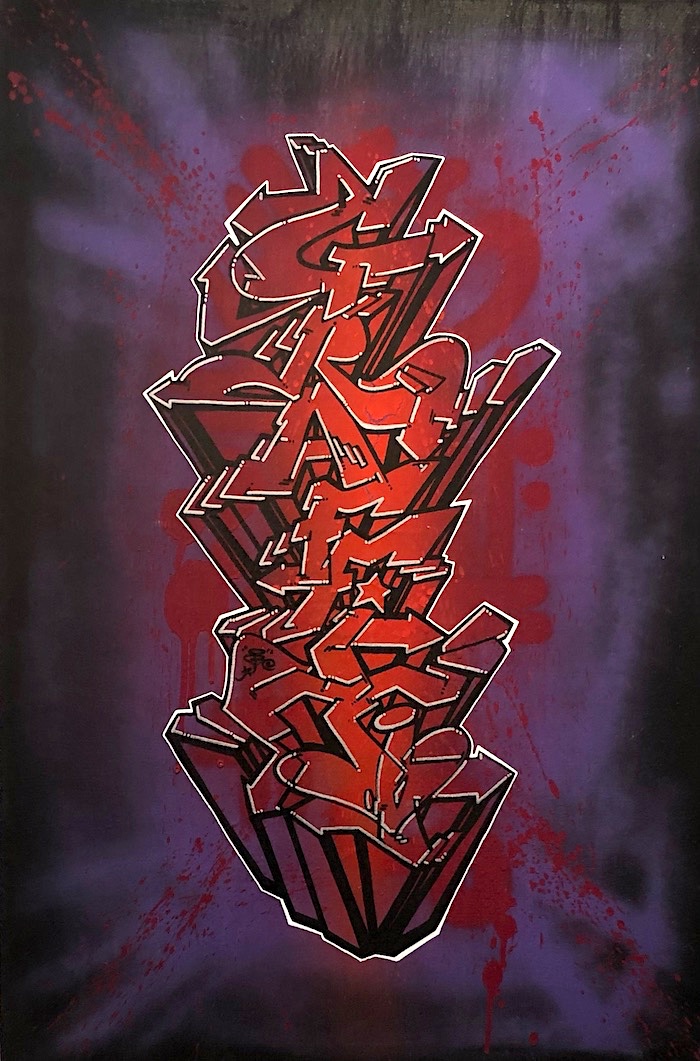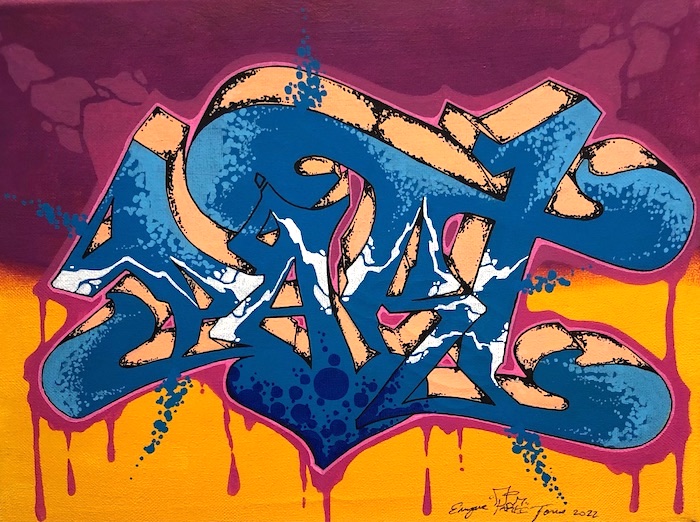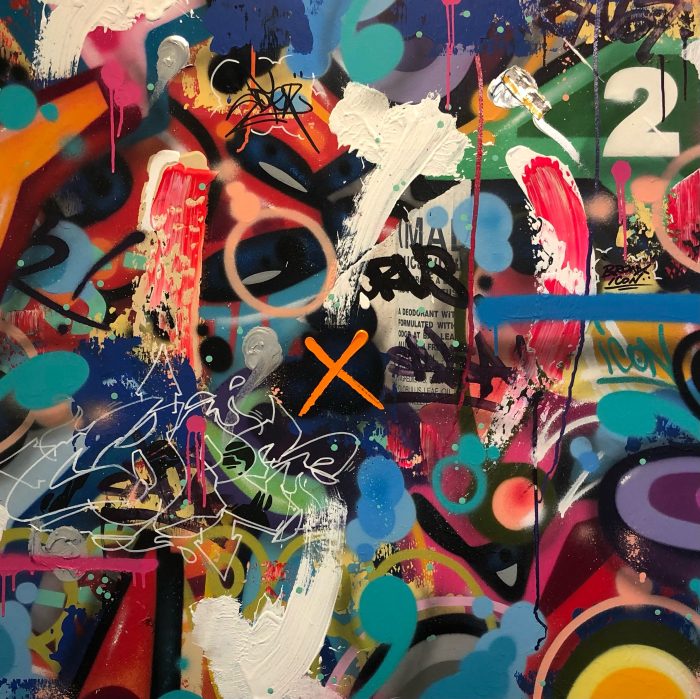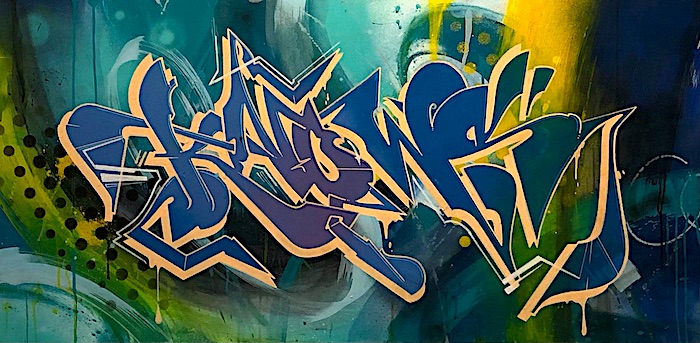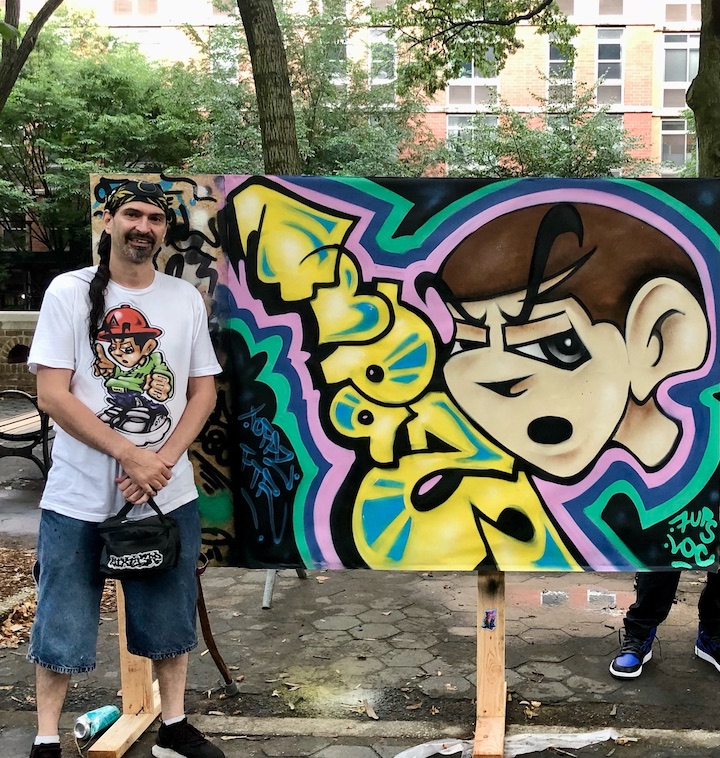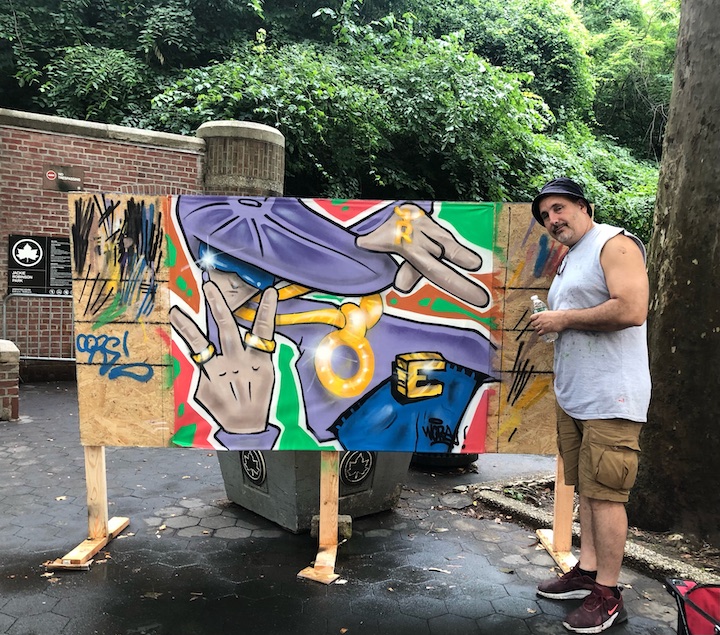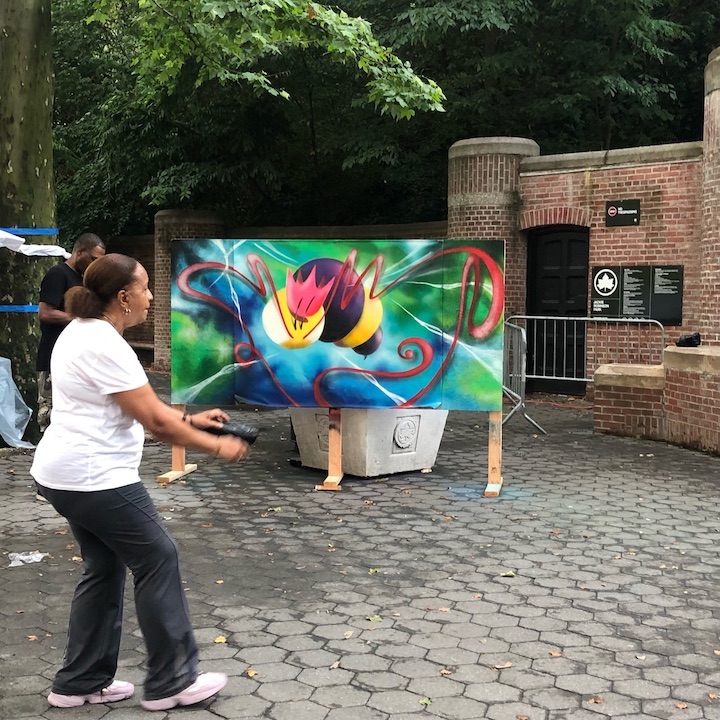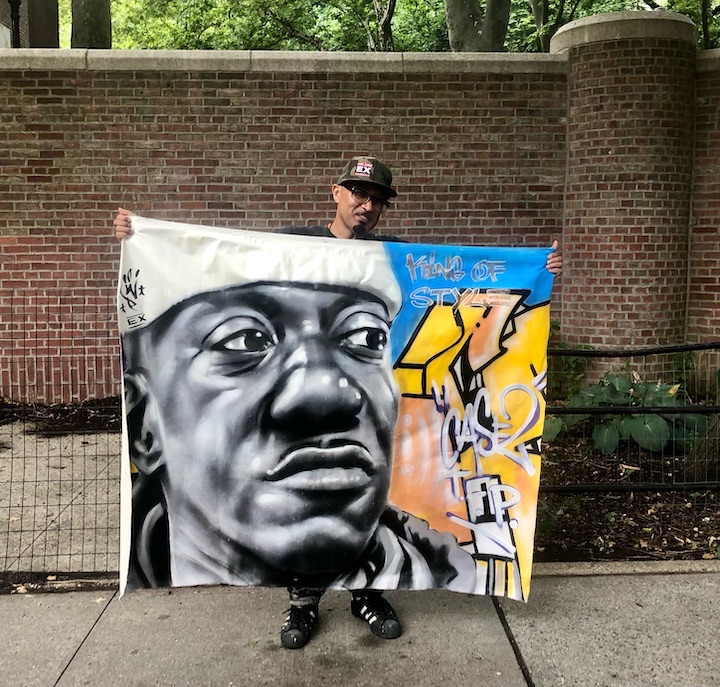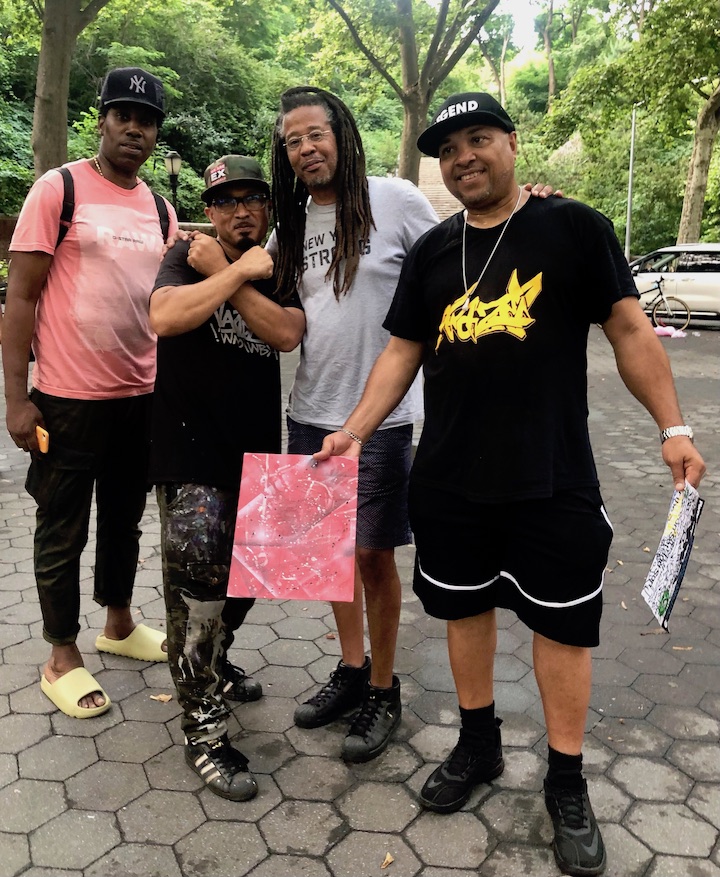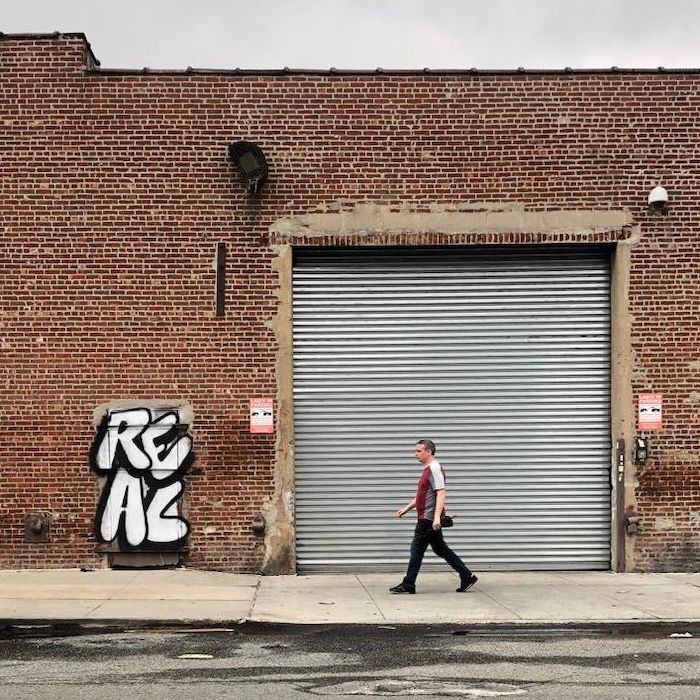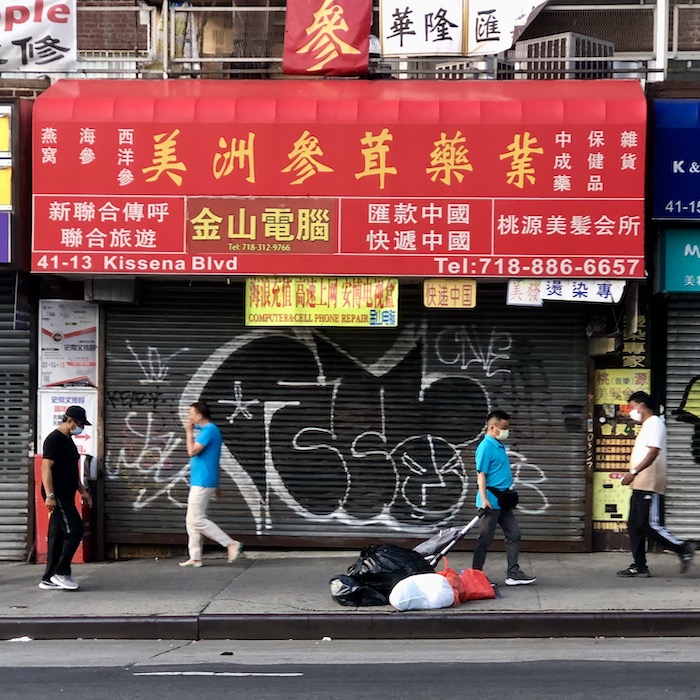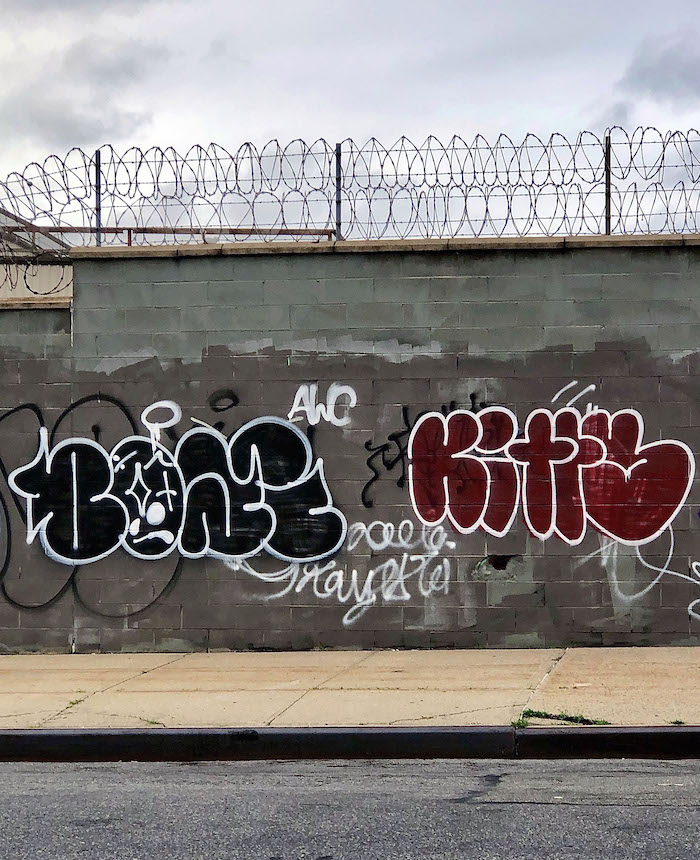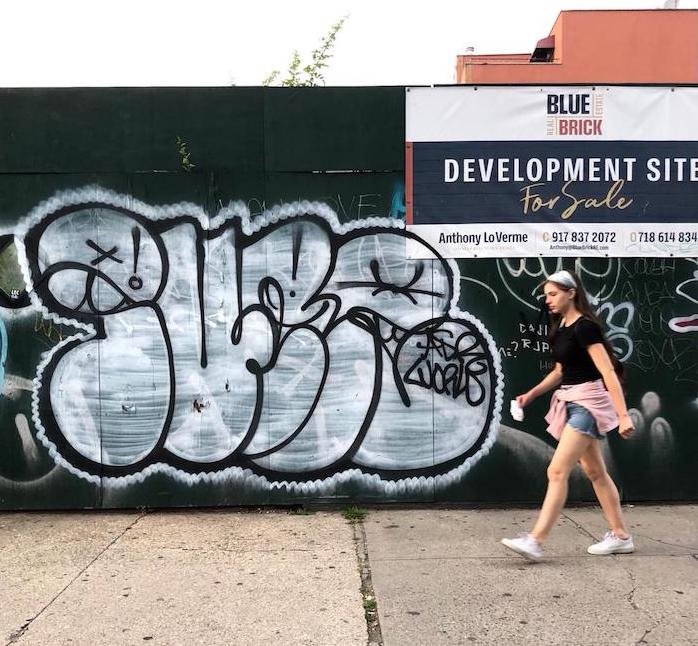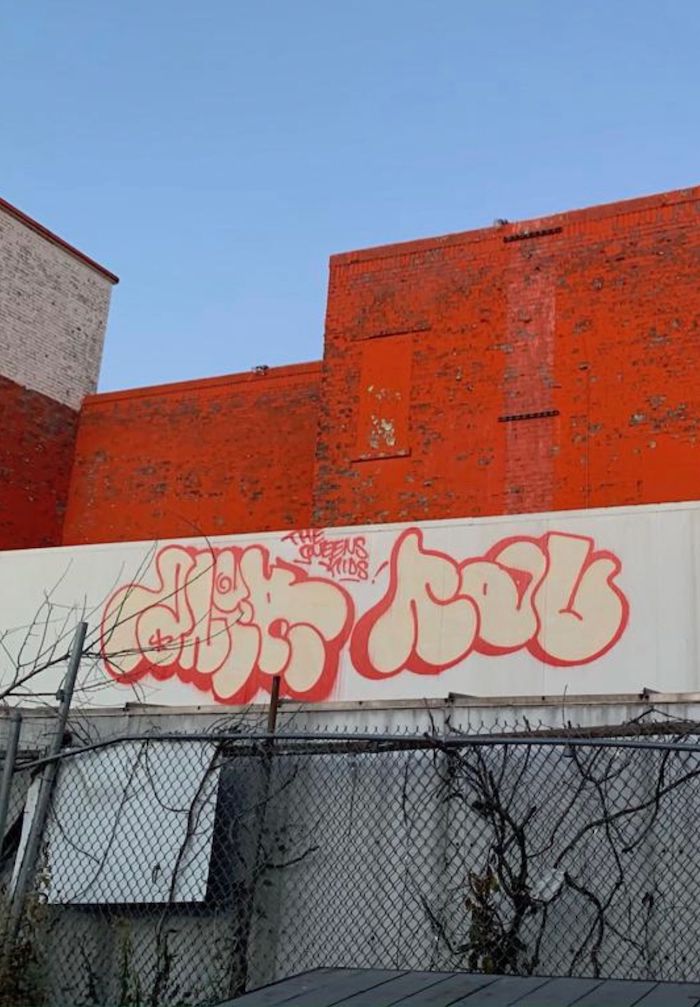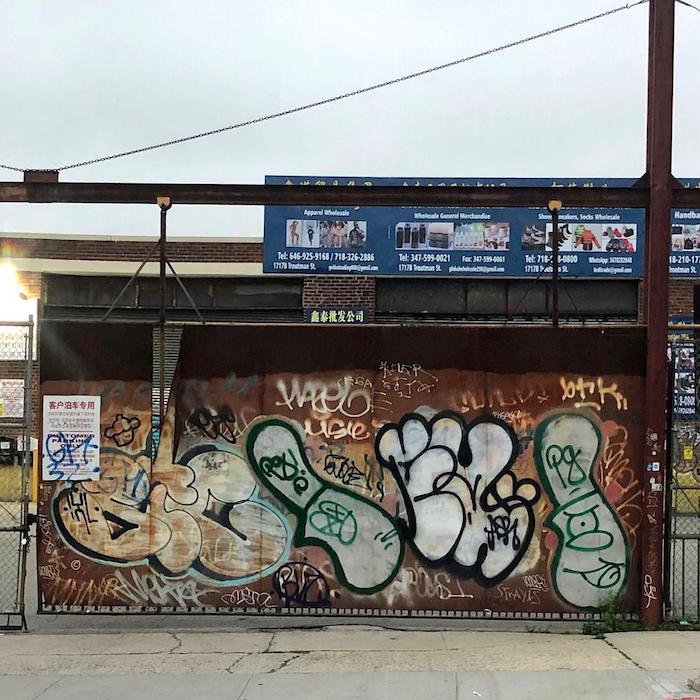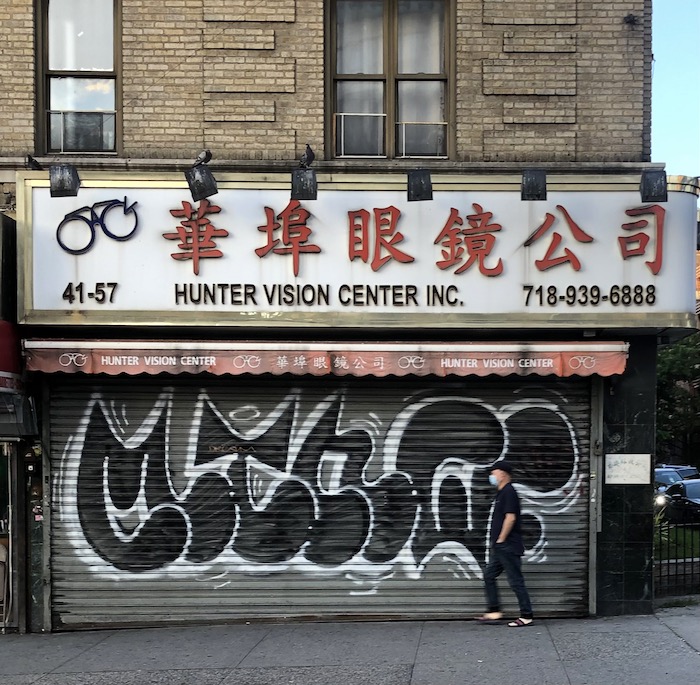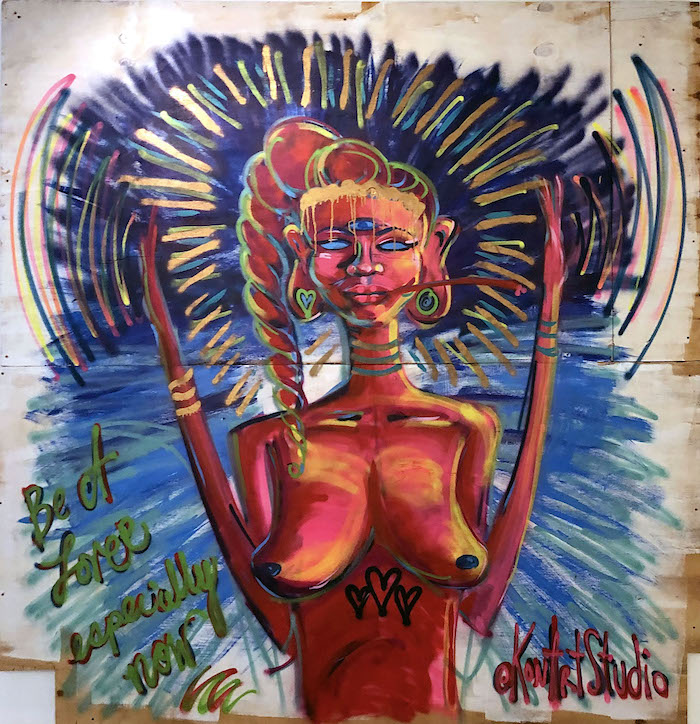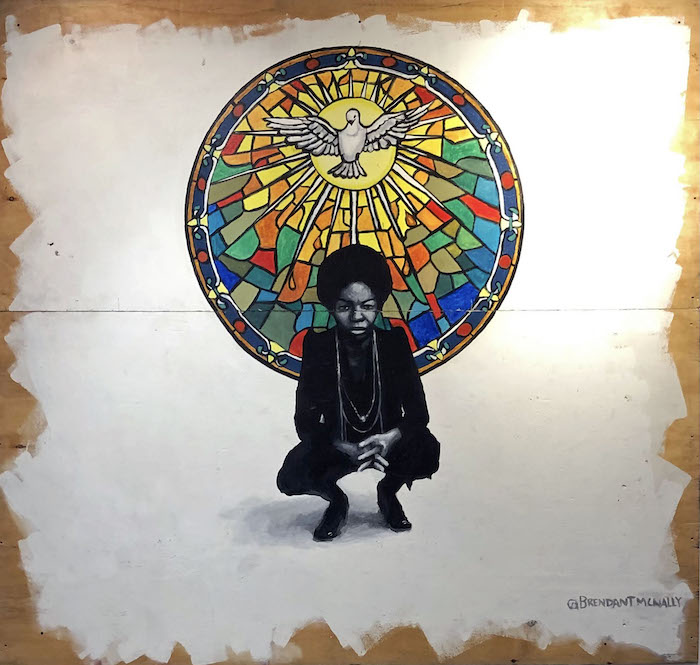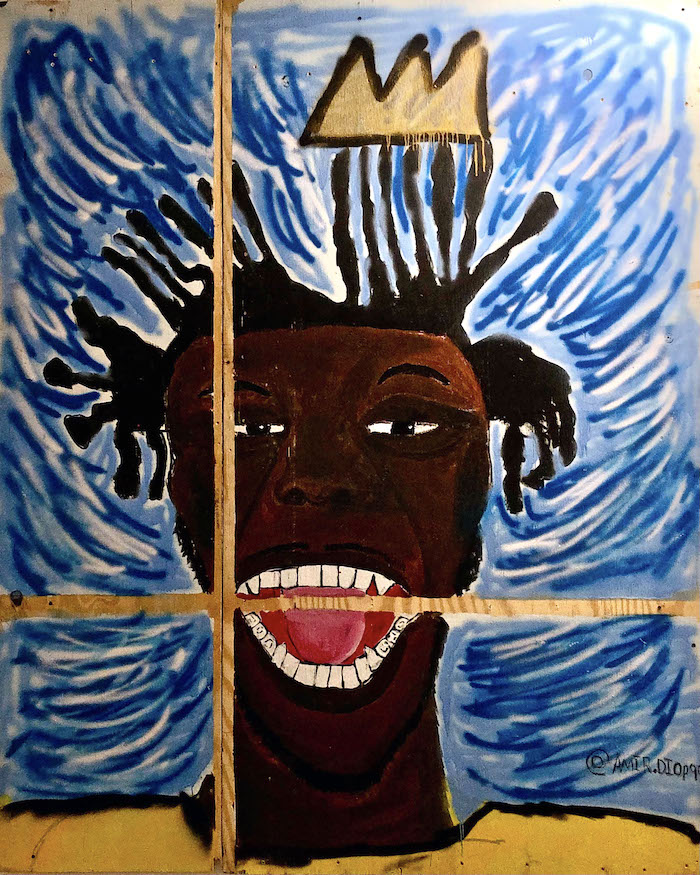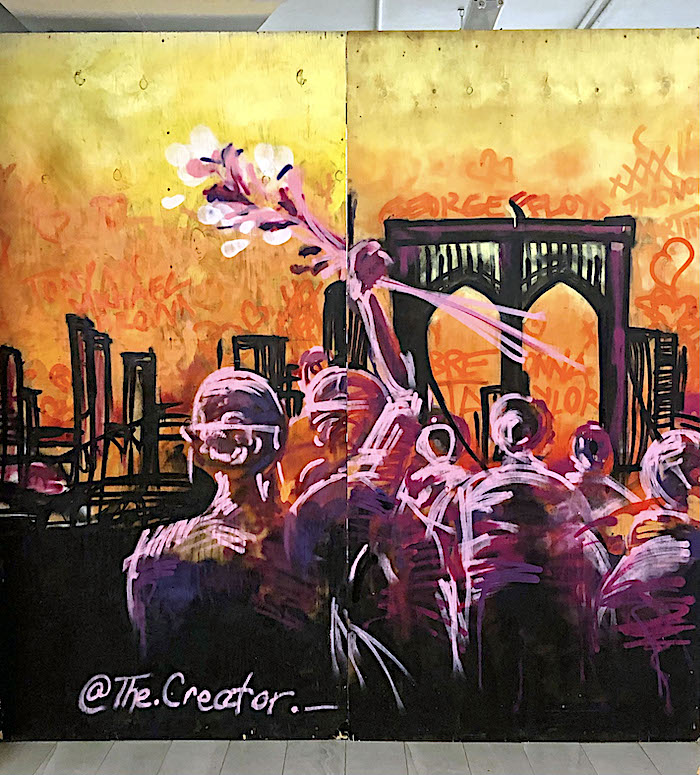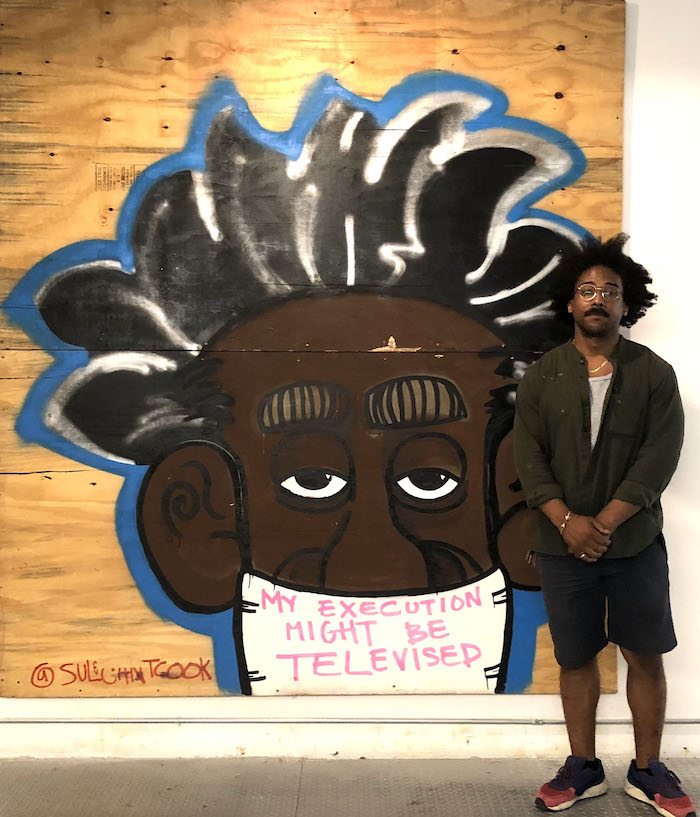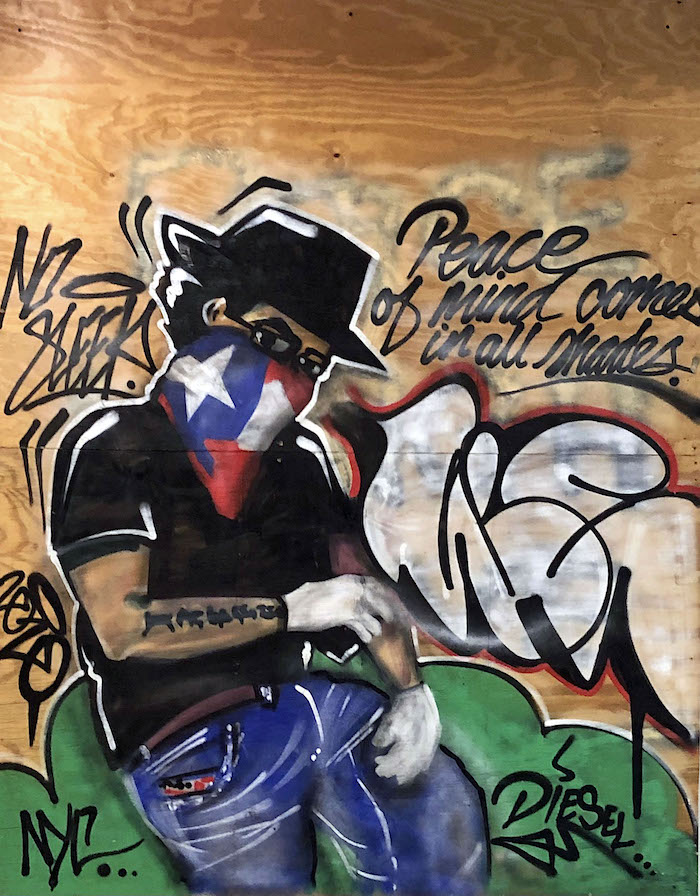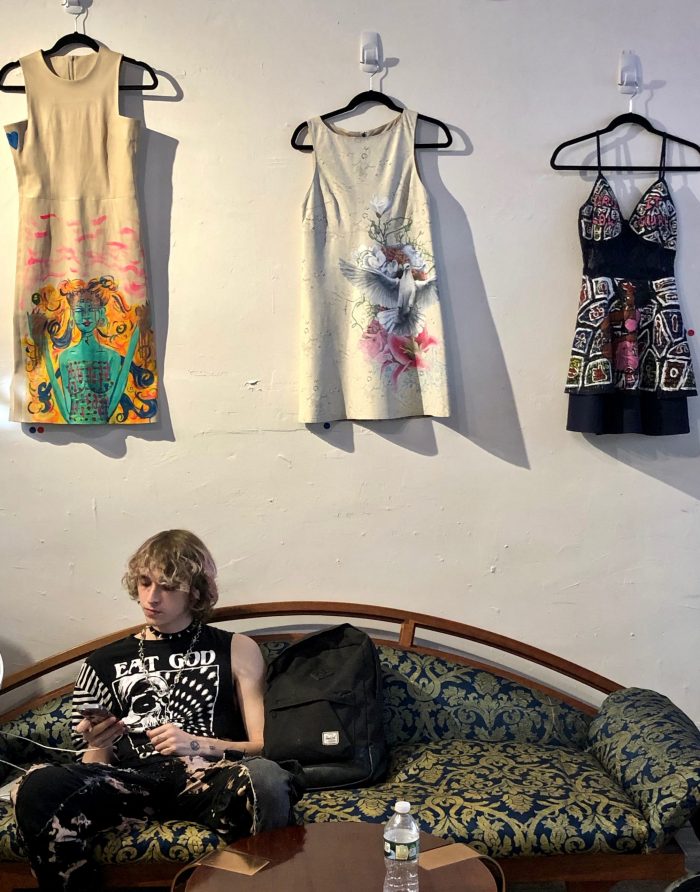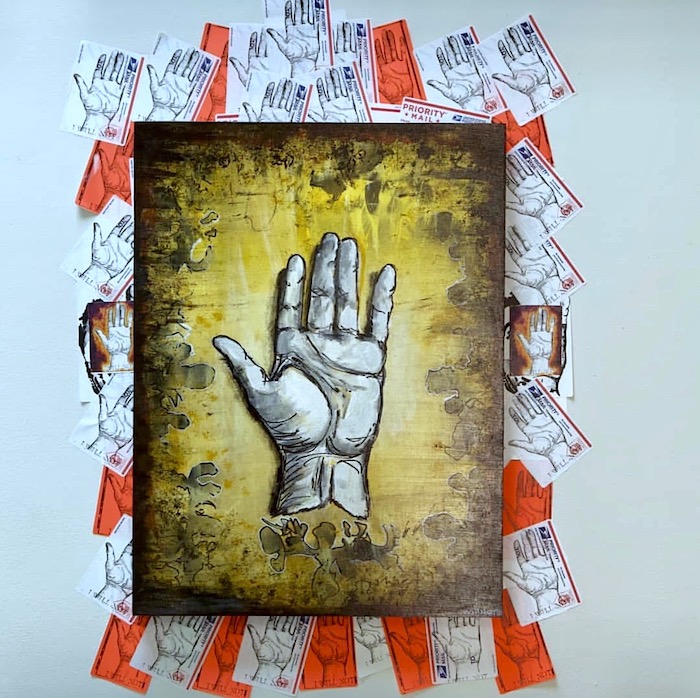
Wildly passionate and distinctly knowledgeable about about sticker art, DC-based iwillnot has published two celebrated books and has curated five extraordinarily impressive expos on the theme. On my recent visit to DC, I had the opportunity to pose a few questions to him and catch up a bit:
Since you first introduced me to the DC street art sticker scene about 14 years ago, your contributions to the culture have been enormous — expos, books, giveaways and more. What is it about stickers that appeal to you?
I love that they are a quick and easy way to get a message — or simply your name — out there.
Can you tell us something about your name — “iwillnot?” When did you acquire it? And why did you choose it?
I began using iwillnot in 2009. It was a statement of defiance and opposition. I didn’t like what was happening around me. I could not support the direction DC was taking, particularly in terms of its gentrification. And I wasn’t happy with the way my neighborhood was evolving in the name of renovation and development.
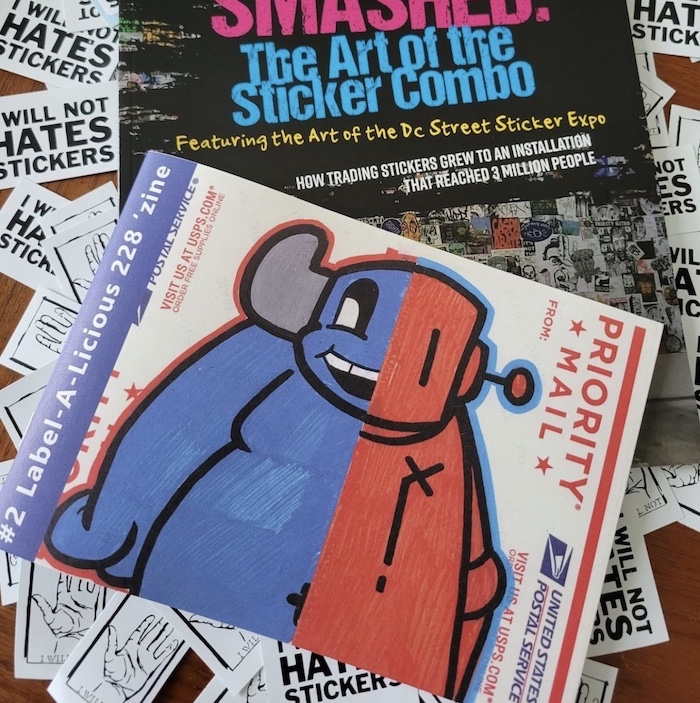
You had been pasting, collecting and trading stickers for several years before you conceived of curating your first Street Sticker EXPO at The Fridge DC. What motivated you to launch such a huge project?
It was a natural progression. I, myself, already had amassed a huge collection, and I knew many active sticker artists out there. It was a way to share the art form that I love with so many others and to introduce these artists to a wider audience. Also, the streets in DC had become less hospitable to stickers.
How did you initially get the word out? Over a thousand artists have participated in your Sticker Expos.
At first it was largely word-of-mouth. We were a pretty tight group, Skam, RWK, V0xx Romana…and more. And social media, mainly Instagram and my website, are essential to getting the word out.

Your most recent Street Sticker EXPO took place during the pandemic. Did that present any distinct challenges?
Yes. It was stressful. Among the challenges was receiving and opening packages of stickers while we were all concerned with becoming infected with COVID-19…Just storing the boxes until we opened them was problematic!
Your second book, Unsmashed, features over 1200 colored photographs of stand-alone stickers from artists across the globe. How did you select which stickers to include?
I took one sticker from each pack that I had received for the 2020 Expo. Each of these stickers was then photographed by fellow sticker artist Cheer Up, who also did the layout and design for the book. It evolved into the ideal field guide that can easily connect anyone to the sticker art community.
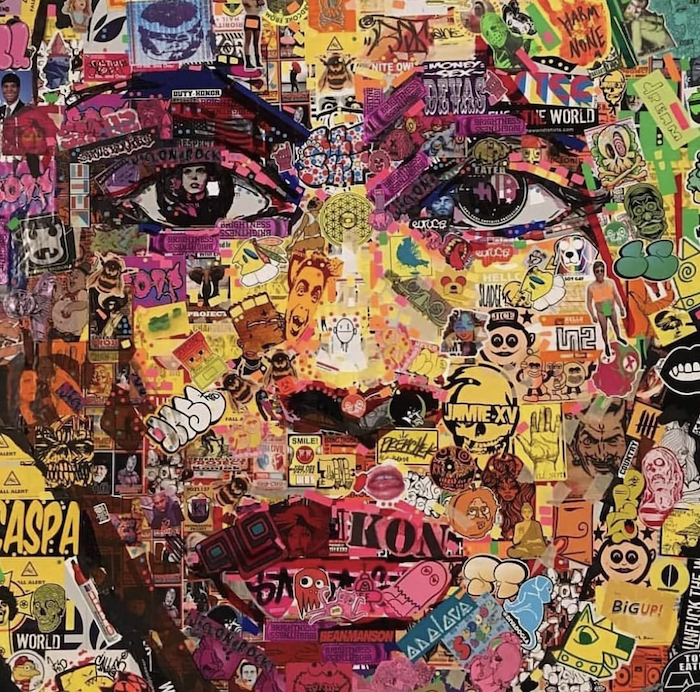
Yes! It is perfect! What’s ahead?
SMASHED 2.0 is underway. It will cover the last two EXPOs, the showings at the 2020 Outsider Art Fair and Tribeca Art Night in NYC, the execution of the collage portrait and the phenomenon of sticker shows around the world.
What about EXPOs? Any ahead?
In 2023, we will celebrate our 10-year anniversary.
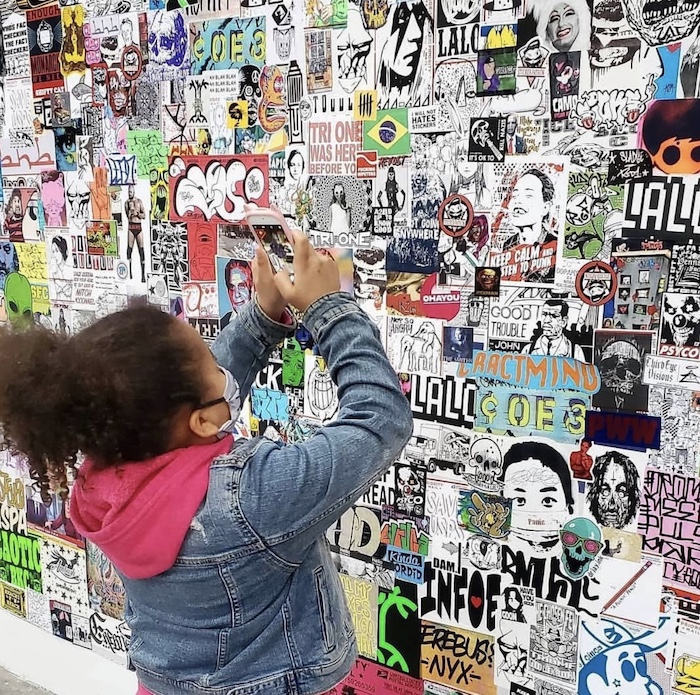
Congratulations! I’m looking forward to that!
Note: Be sure to check out iwillnot’s website to purchase his books and assorted merchandise. And if you’d like to receive a free sticker pack, fill out the form on this page!
All photos courtesy iwillnot; photo 2 features El Toro and Chris RWK collaboration; photo 4 – a collaboration with Mr. Zimbro
{ 0 comments }

